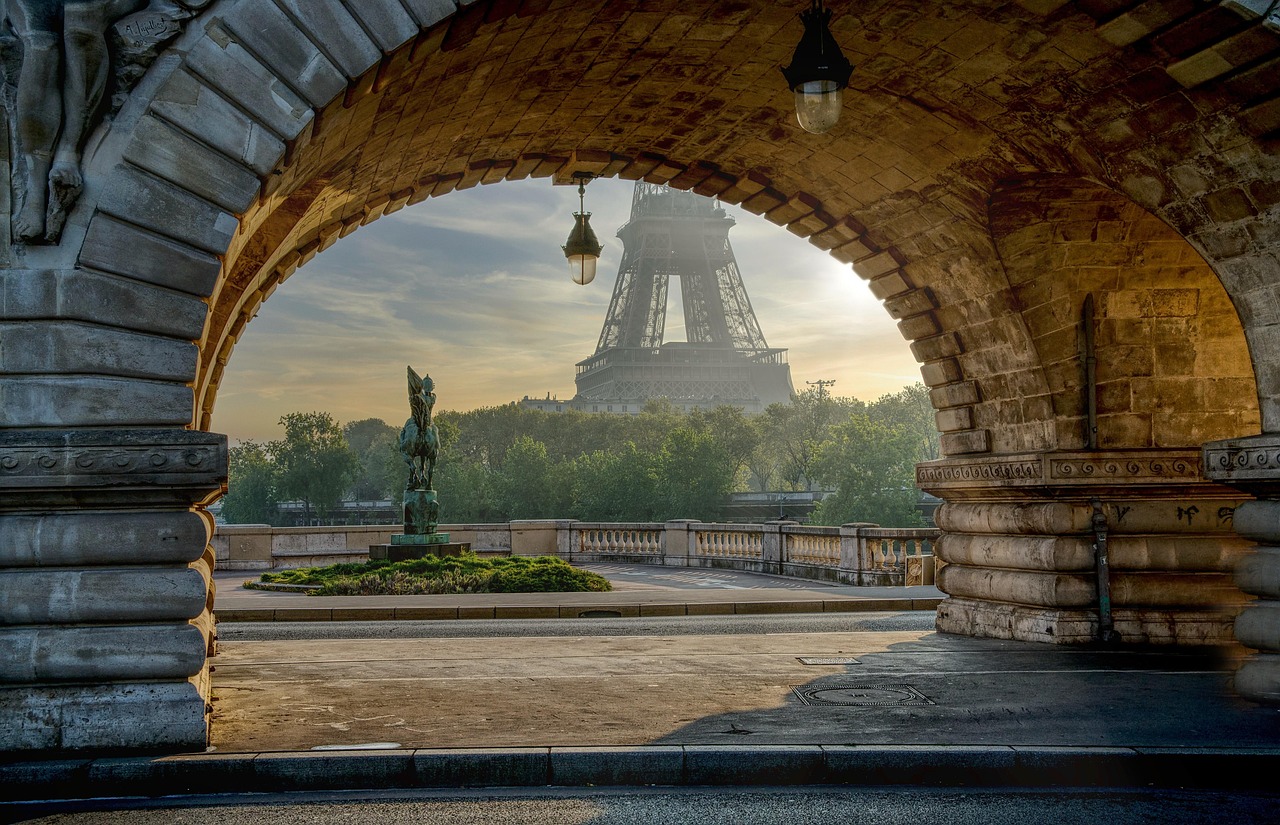The Dream of International Rail
There’s something uniquely satisfying about boarding a train in one country and stepping off in another. No airports. No plastic bag security rituals. No being herded through endless terminals with a belt in one hand and your shoes in the other. Just smooth tracks, changing landscapes, and a sense of progress. So when we saw there was a direct train from Barcelona to Paris, the decision was made. We were going to do it properly—city to city by rail.
Departure: Barcelona Sants
We booked tickets on the Renfe-SNCF high-speed service, a joint operation between Spain’s and France’s national rail companies. The departure point? Barcelona Sants—a station I’ve grown quite fond of. Functional, well-signed, and more or less on time. We boarded the sleek TGV Duplex, a double-decker train with serious cross-border swagger.
Sue, ever the realist, raised an eyebrow at the early start. “You’d better have coffee and pastries planned for the other end.” I promised. She looked unconvinced.
The Journey: 6 Hours of Rail Bliss
The journey takes about 6 hours and 30 minutes, give or take. It’s not the quickest way to Paris—flying clocks in at around 1 hour 45—but it is infinitely more pleasant. We cruised through Catalonia’s sun-drenched countryside, slipped into the foothills of the Pyrenees, and then emerged onto the wide plains of southern France.
There’s a special kind of joy that comes with watching the scenery evolve. You don’t get that at 35,000 feet.
Comfort and Convenience
The train was clean, spacious, and quiet. Plenty of legroom. Power sockets at every seat. Decent onboard Wi-Fi, too—though Sue was more interested in dozing with a scarf rolled behind her neck like a makeshift pillow. I spent most of the trip switching between the window and the route map, mentally noting every major junction we passed.
Crossing into France was barely noticeable—just a soft announcement and a subtle switch in signage. No border checks. No drama. Just… onward.
Arrival: Gare de Lyon, Paris
We rolled into Gare de Lyon just after 3 p.m., stepping into the buzz and bustle of central Paris. From here, the city unfolded in every direction. No waiting for luggage. No trying to find a taxi rank at a remote airport. We were in the thick of it—and ready for a very late French lunch.
Sue, by now fully revived, declared the journey “shockingly civilised.” She even admitted it was probably the best way to arrive in Paris. “Though I still want those pastries,” she reminded me.
The Verdict
Would I recommend it? Absolutely. At around €40–€120 per ticket, depending on how early you book, it’s not cheap but well worth it for the comfort, the views, and the sheer pleasure of cross-border travel. The train ran on time, the transitions were seamless, and the experience was something air travel just can’t replicate.
A Note for Fellow Train Fans
This route is one of the finest examples of European rail integration. The Renfe-SNCF partnership continues to expand, and there are now multiple daily services between Spain and France. Trains run on high-speed tracks for most of the journey, with top speeds hitting up to 320 km/h (199 mph) on the French leg. It’s a smooth, impressive ride.
For anyone serious about rail travel in Europe, this route belongs on your list.
Next stop? We’re heading to the north for a more relaxed pace—luxury on rails, Spain-style.

No responses yet